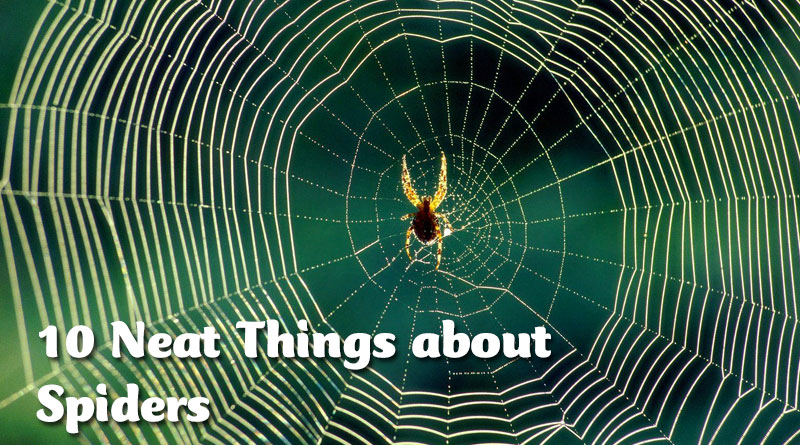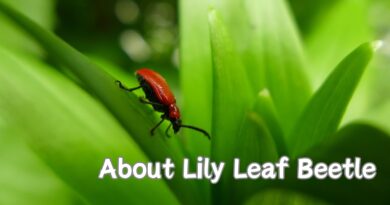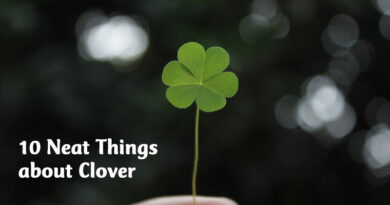About Spiders
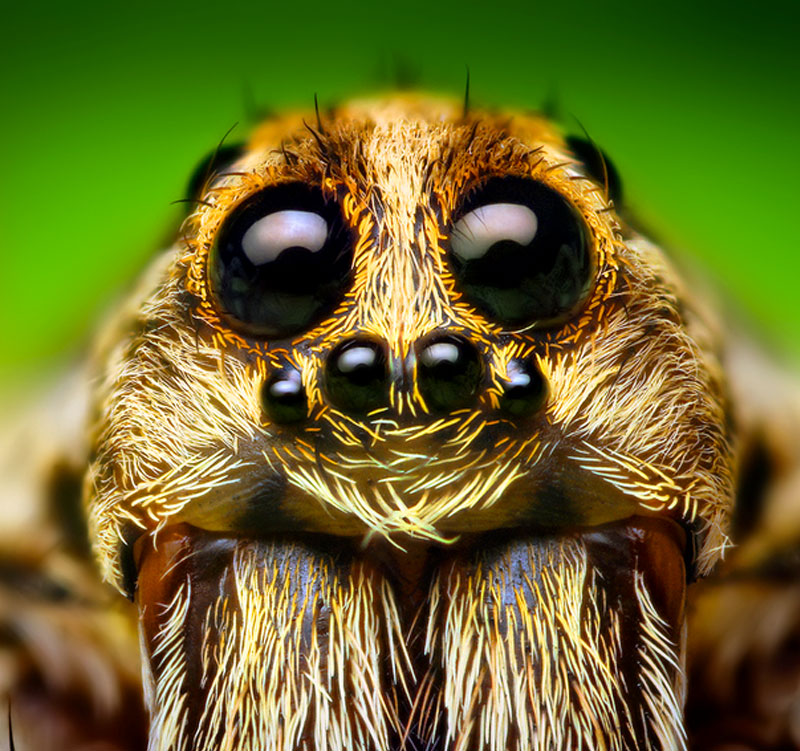
1. Those eyes have seen a lot of…
Most spiders have eight eyes, and they see a lot. In fact, their vision from the front pair of eyes delivers quite a high resolution image. A human’s eyes are only five times sharper than those of a jumping spider. Their eyes are set at the front of their two part body, the frontal part, the cephalothorax, containing the head and thorax combined and the other part containing the abdomen.
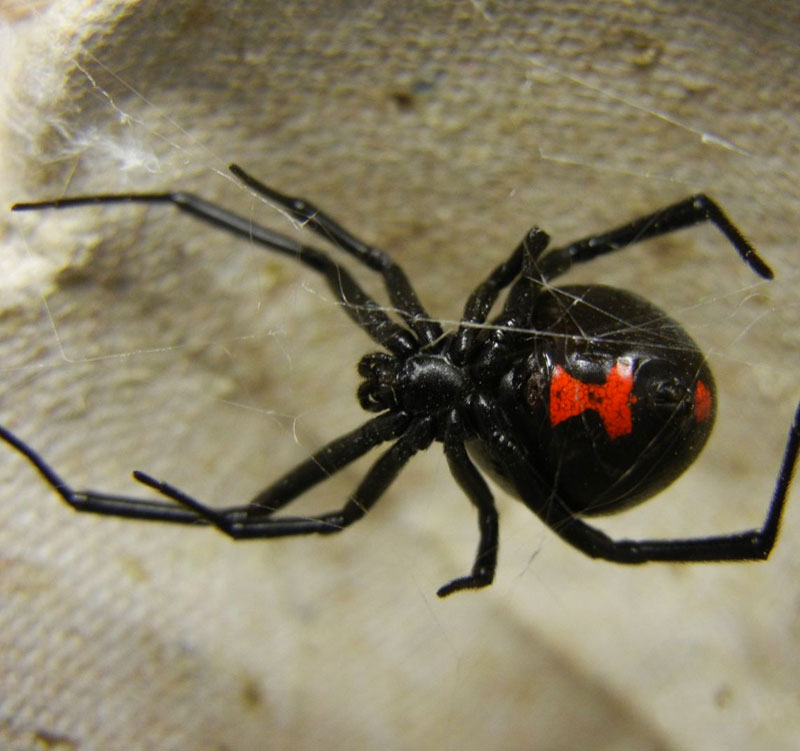
2. “Oh, what a tangled web I weave …”
The black widow spider does indeed weave a tangled web, so much so that another name for this arachnid is tangleweb for its funnel-shaped web which catches prey in a tangle. This spider is shiny black with a red hourglass shape on the underside of its abdomen – easy to spot since it hangs upside down in its web. Webs are built close to the ground, or it may hide in dark places in garages or basements, or under rocks or fallen trees. Only found in the southernmost reaches of Canada, it won’t seek to attack humans but will inject the poison from its fangs into any perceived threat. Because the dose of a single bite is so small, people seldom die from this spider’s bite even though it is 15 times more lethal than that of a rattlesnake.
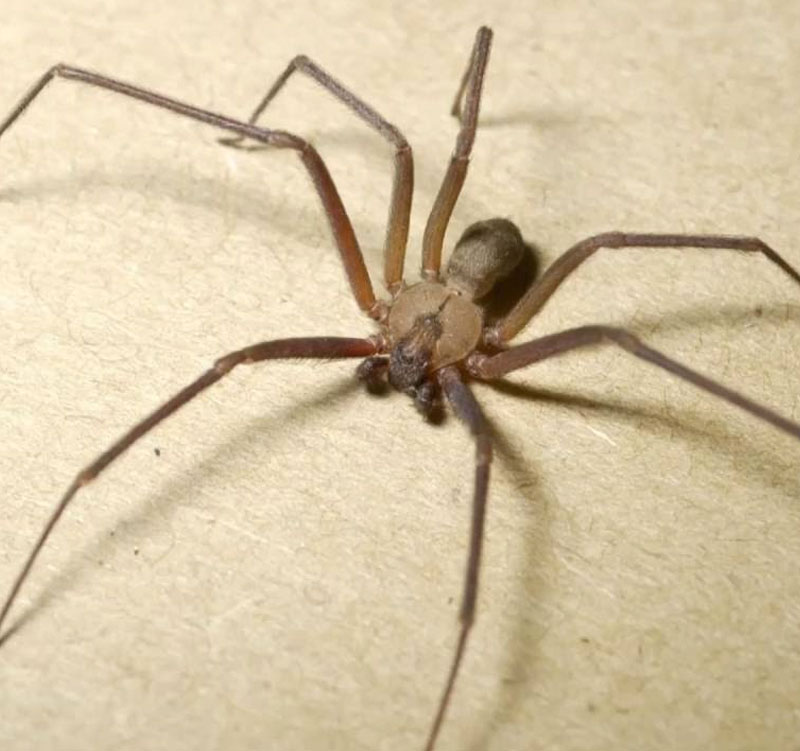
3. Brown recluse.
If you think Black Widow is a nightmare, meet brown recluse, which is even deadlier. They are rare in Canada, but they do occur. They are generally brown but can be grey and you can better identify them by the fact that they have only six eyes, if you care to get that up close and personal. When they show up in Canada it is generally in southern Ontario, but they have been encountered in Manitoba and with warm winters, they could extend their range. Still, this could all be only urban legend as most reports maintain that their range is restricted to middle America . . .
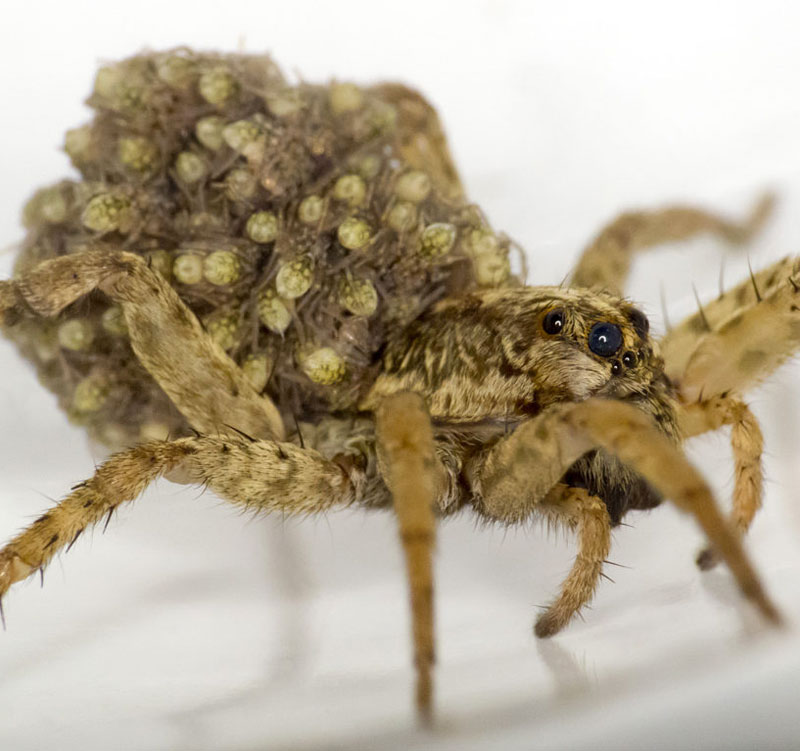
4. Mommy dearest.
The female wolf spider and her cousin the fishing spider both spin silken egg sacs and tenderly carry their live babies around for about a week. That’s all they spin webs for because rather than laying web traps, they actively hunt their prey. Wolf spiders are great friends in the garden, eating insects at a voracious rate. In fact all spiders combined eat more insects per year in weight than the weight of the entire human population. Yeah . . . spiders!
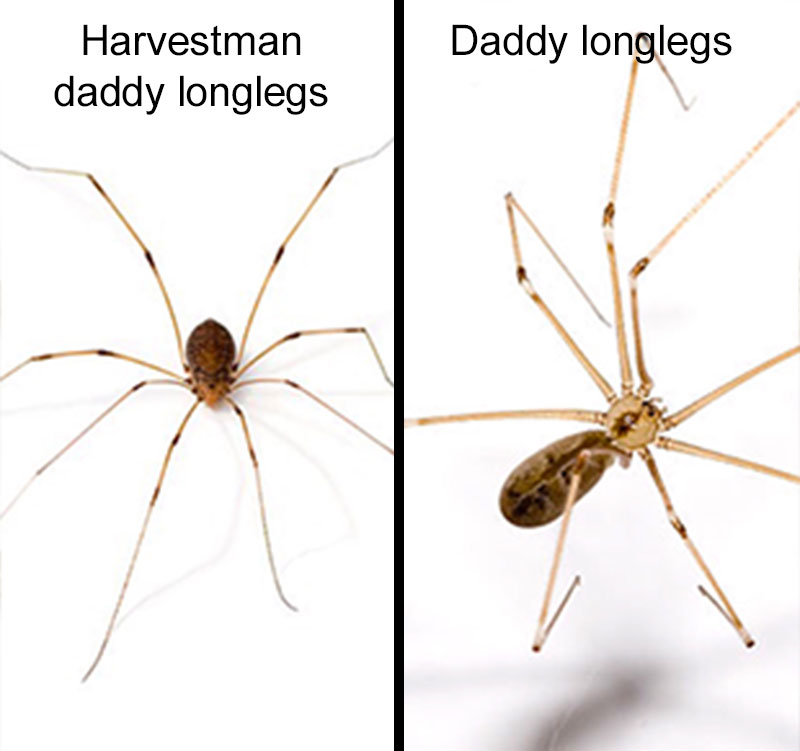
5. Cellar spiders.
This friendly fellow loves dark humid places – basements, for example. Their other name is daddy longlegs, not to be confused with another invertebrate animal by the same name, the harvestman, which has eight long, spindly legs. But there the resemblance ends because harvestman daddy longlegs are oval in shape, have a hard body and have only two eyes, can’t spin webs, they have no venom – can’t kill a thing – and live off dead material and such delicacies as spider eggs.

6. Stalk, spin and pounce!
Jumping spiders can jump 40 times their length, which is three to 10 mm. They have eight eyes in three rows, with the two largest in the front row. Their antics are beloved of spider watchers who marvel at their ability to launch themselves at prey by spinning silk draglines. They also spin silk to encase their eggs and for retreats when the world becomes all too much.
7. Blue bloods.
Spider blood is said to be blue in colour although some describe it as transparent. Spiders are not alone in this class. Other blue bloods include horseshoe crabs, snails and octopus thanks to a chemical called haemocyanin in their blood. Speaking of blood, African jumping spider females show a distinct preference for males who have fed on blood-engorged mosquitoes.
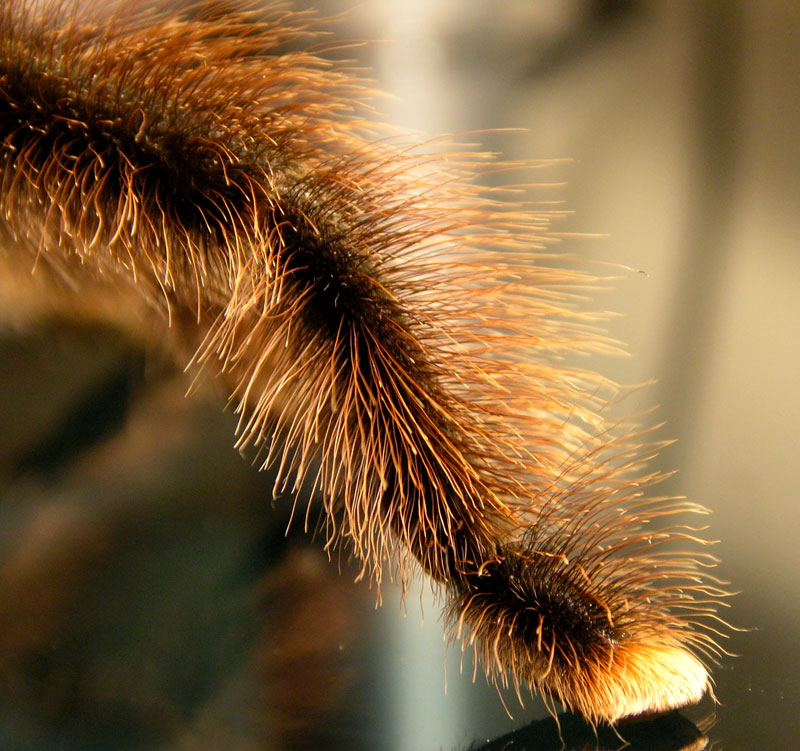
8. “What’s that you say my dear? Speak a little louder into my leg.
Spiders have no ears, but “hear” through the sensitive hairs on their legs (close up, spiders are really hirsute – ugh!) It is these hairs that can detect the slightest vibration. Nor do spiders have any ability to smell. It’s all in the legs, you know.
9. More on those heavenly legs.
Why don’t spiders get stuck in their own webs? It’s because of their no-stick legs. Or maybe it’s because the tiny hairs on the legs reduce the contact, or it might be the way they walk-tap tapping so that they are never in contact very long . . . or it could be that they are just way too smart to walk where the sticky parts are – nobody know for sure, but what we do know is that spiders manufacture webs that are just sticky enough to give their prey a little wiggle room without breaking the web and that some parts are stickier than others.
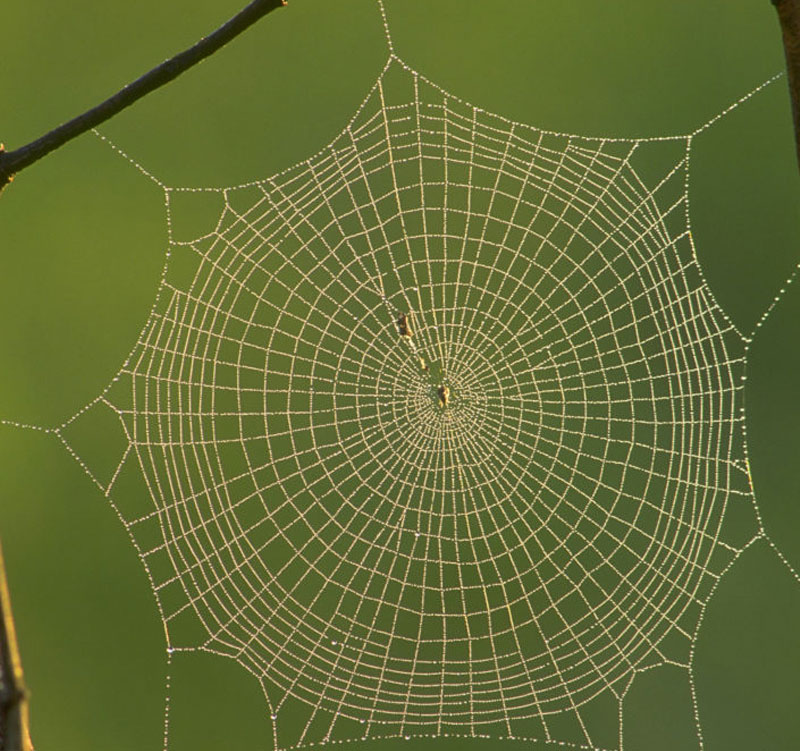
10. Spider silk.
Stronger than steel of the same dimensions and more elastic than Kevlar and tougher as well, spider silk has properties scientists would love to duplicate. Attempts to breed spiders for their silk have failed, however, because when you raise a whole colony together, they tend to eat each other. But what we do know is that spiders spin their silk from glands, called spinneret’s, located at the back of their abdomens. Webs are organized so that stiff spokes hold the elastic strands in place; they are built so that tearing one part does not sacrifice the whole structure. How do they do that?
– Shauna Dobbie Copyright©
Pegasus Publications Inc.



